From hobby to industry, conductive devices called electric coils serve as key connections and transmitters within a myriad of circuits. In the most basic construction, a metal wire is wound around a core insulator, and the two ends are made into electrical connection terminals called “taps.” Without these devices, electrical current would not be able to be controlled, directed or transformed in electronics, automotive, medical, computer, appliance, telecommunications and industrial manufacturing applications. You wouldn’t be able to start your car without the spark that induction coils, or ignition coils, provide for operation of ignition systems. And, manufacturing would cease if the workers couldn’t even turn on the machinery that makes everything the modern world relies on. No matter how big, complex or high-tech the equipment is, electrical current would be lost and useless to operate it without coils of conductive metal, most popularly copper and aluminum. These electrical coils can transmit heat, sound, electricity, magnetism and movement essential in electric motors, MRI machines, power plants and much more, including my grandpa’s metal detector, as he was a hobbyist of the metal detecting sport.
Magnetism is an essential component of an electric coil assembly, as its construction serves as an inductor or a reactor that can store magnetic energy when an electric current is passed through it. The loops of the coil help to create a strong magnetic field. This magnetism is used to actuate and cause movement in mechanisms, as in copper relay coils. Solenoid coils are smart devices that allow for remote activation of machinery. From simple voice coils used in loudspeakers to high-voltage generator stator windings, the construction of electrical coils ranges from the most basic single winding to the addition of secondary and even tertiary windings. An electric transformer, for example, is an electromagnetic component that consists of a primary and secondary winding that enables it to transfer electrical energy from one electric circuit to another by means of a magnetic coupling with no moving parts.
When coils have multiple windings, interlayer capacitance can be a problem. Think of this as interference between the layers. Spiral or helical shaped windings and flat wire are utilized to decrease interference. Other dangers that can occur in electrical coil construction involve unprotected wires in harsh environments. This is why manufacturers offer molded coils or encapsulated coils. Molded coils are encased in plastic coverings which seal the entire coil unit, and encapsulated coils are made from wire which has itself been enclosed in a polymer epoxy. From simple bobbin wound coils to high voltage coils and toroids that amplify inductance in power generation applications, electricity could not be regulated without these electromagnetic devices.
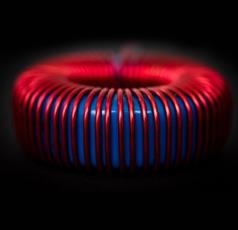 Electric Coils
Electric Coils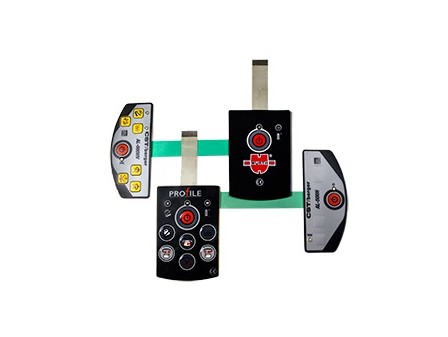 Electric Switches
Electric Switches Electric Transformers
Electric Transformers Electronic Connectors
Electronic Connectors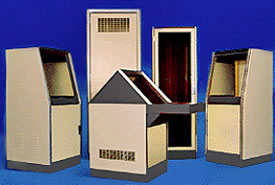 Electronic Enclosures
Electronic Enclosures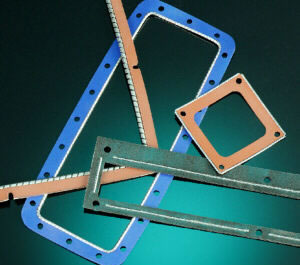 EMI Shielding
EMI Shielding Membrane Switches
Membrane Switches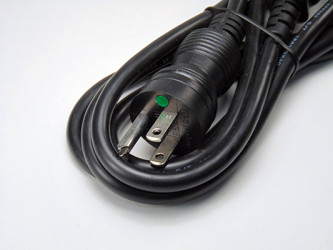 Power Cords
Power Cords Static Eliminators
Static Eliminators Castings & Forgings
Castings & Forgings Bulk Material Handling
Bulk Material Handling Electrical & Electronic Components
Electrical & Electronic Components Flow Instrumentation
Flow Instrumentation Hardware
Hardware Material Handling Equipment
Material Handling Equipment Metal Cutting Services
Metal Cutting Services Metal Forming Services
Metal Forming Services Metal Suppliers
Metal Suppliers Motion Control Products
Motion Control Products Plant & Facility Equipment
Plant & Facility Equipment Plant & Facility Supplies
Plant & Facility Supplies Plastic Molding Processes
Plastic Molding Processes Pumps & Valves
Pumps & Valves Recycling Equipment
Recycling Equipment Rubber Products & Services
Rubber Products & Services